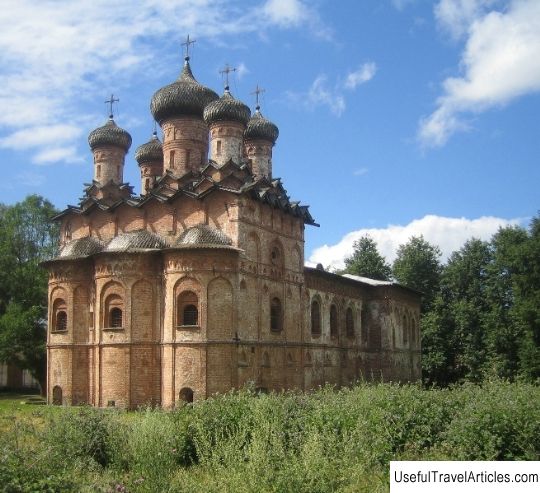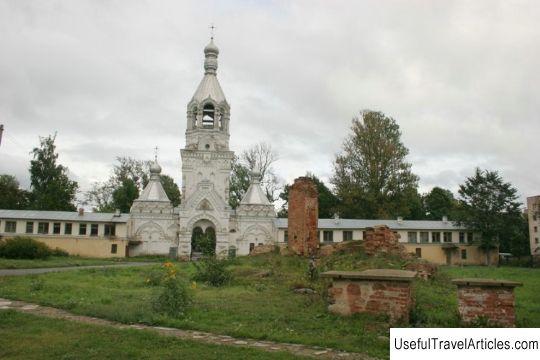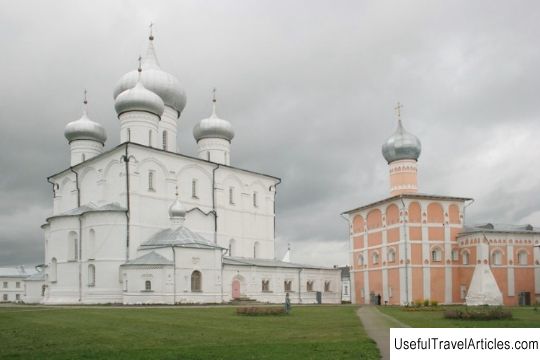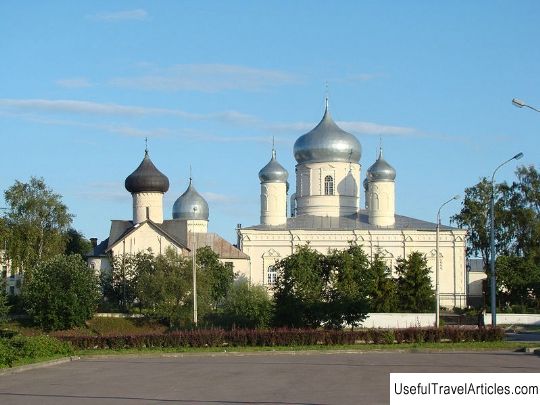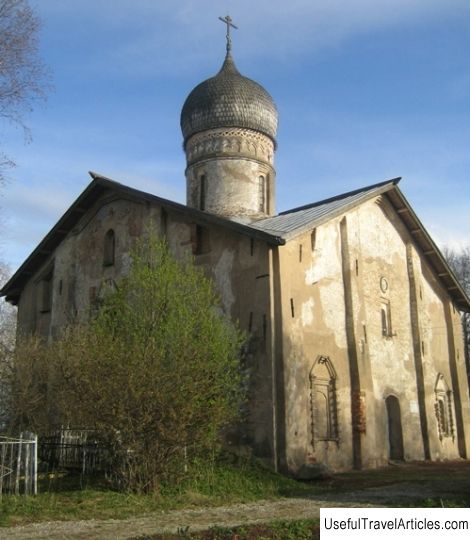Derevyanitsky monastery description and photos - Russia - Northwest: Veliky Novgorod
Rating: 7,5/10 (100 votes) 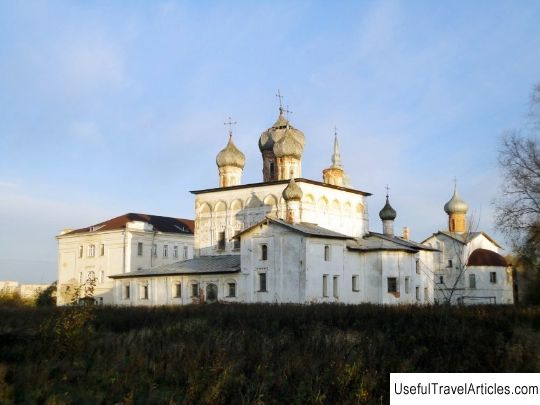
Derevyanitsky monastery description and photos - Russia - Northwest: Veliky Novgorod. Detailed information about the attraction. Description, photos and a map showing the nearest significant objects. Photo and descriptionDerevyanitsky monastery is a former Orthodox monastery belonging to the Novgorod diocese. It is located in the Derevyanitsa microdistrict in the northern part of the city of Veliky Novgorod and on the right bank of the Derevyanka channel. The road leading to the Khutynsky monastery passes through the territory of the Derevyanitsa microdistrict. At that time, it was a zone that was located far outside the city limits of Novgorod and on the territory of which practically no one lived. The modern village of Derevyanitsa appeared only in the 14th century as a monastery settlement. The first mentions of the Derevyanitsy Resurrection Monastery date back to 1335, because from that moment the chronicle mentions the construction of a stone church on Derevyanitsa. It is believed that Saint Moses was its founder. During the hard times of the Troubles, the monastery bells were taken to Sweden. Two bronze bells were raised from the bottom of the Gulf of Finland near the lands of Moulon Island: the first of them was discovered in 1596, and the second was raised from the bottom only in 1987 by an expedition of the Helsinki Maritime Museum. Soon, in 1695, a new one began to be built in the place where the dilapidated church had previously been. Two groups of bricklayers took part in the construction process: Nikita Kipriyanova, a native of the Yaroslavl district, and Foma Alekseev, a native of the Kostroma district. But very little time passed, and in 1697 the built church was destroyed to its very foundations. In 1700, by order of Metropolitan Job, the Resurrection five-domed Cathedral was erected in the church. Its location was on the site where two former churches previously stood. Similar to the past experience in 1695, the construction of the new temple was entrusted to the same artels of masons. The cathedral is a two-pillar structure. The most complex vaulted church structures are supported from the inside by two pillars. It was this architectural feature that became especially atypical for the entire Novgorod architecture, although this feature was inherent in many buildings in the Volga region, the Moscow region and the Vologda region of the 16-17 centuries. After some time, side chapels were built in the temple. Throughout 1725, a stone church of the Assumption of the Virgin was being built just north of the cathedral, which has a bell tower and a spacious refectory. In 1875, the three-story stone building of the Diocesan Women's School was brought to life. In 1913 he belonged to the third class, which did not at all indicate a sign of the successful prosperity of the monastery monastery. But it cannot be said that the monastery was especially remote, because under it there was a diocesan school for women, as well as a school, the premises of which are largely preserved. Every year in the summer of July 10, a procession of the cross was held in the Derevyanitsky monastery, which was especially famous and revered in Novgorod. It was on this day that the memory of the miraculous Konevskaya icon of the Mother of God was honored, a list of which was in the Church of the Dormition of the Most Holy Theotokos. This holiday has always been revered and respected by the local residents of all nearby villages. There is information that for 14-15 centuries Archbishops John, as well as Alexy, who left the pulpit, lived in the monastery until their death. It is known that John accepted the schema and lived in a monastery during 1414-1417. Archbishop Alexy died in 1389. The name of the Monk Arseny Konevsky is associated with the Derevyanitsky monastery. Who was an Orthodox ascetic who lived in the 14th century. For quite a long time, the Resurrection Cathedral was used as a warehouse for finished products of the nearby fiberglass production plant. Until now, the Resurrection Cathedral attracts special attention with its unique facades, which are so successfully decorated with the help of figured stone, but the window panes of the cathedral are broken. The dome of one of the surviving domes is missing; only two of the remaining four domes are in critical emergency condition. The former building of the women's school now houses the in-patient department of the regional Novgorod drug dispensary "Catharsis".        We also recommend reading Parish Church of the Assumption of the Virgin Mary (Pfarrkirche Mariae Himmelfahrt) description and photos - Austria: Bad Hofgastein Topic: Derevyanitsky monastery description and photos - Russia - Northwest: Veliky Novgorod. |
